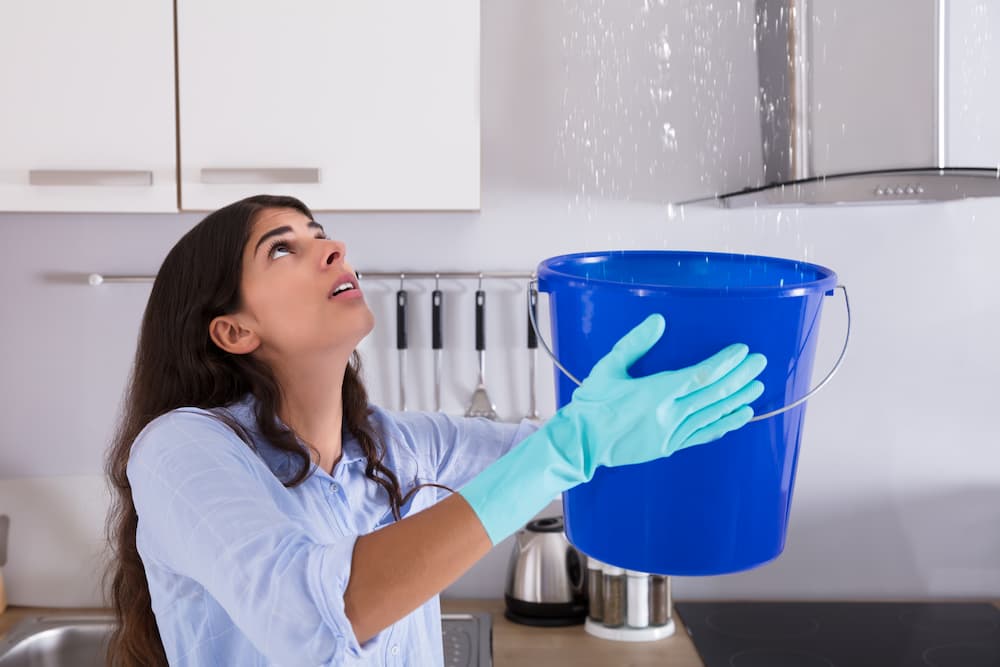A roof leak during heavy rain can cause significant damage to your property. That’s why preventing and identifying leaks is crucial. At A&E Brothers Roofing, we understand the importance of a well-maintained roof, with over 50 years of experience in preventing and repairing roof leaks. Missing shingles, flashing, and damaged roof membranes are just a few reasons why your roof may leak during heavy rain. Protect your commercial or residential property from water damage caused by roof leaks with our help. In this guide, we’ll walk you through the common causes of roof leaks during heavy rain, so you can identify and prevent them before they cause any harm.
The Usual Suspects in a Home Roofing Leak
Roofs are built to last, but every roof has some weak points that lead to roof leaks in heavy rain. Particularly fragile edges where the roof connects to other materials are a major culprit for leaky roofs, as are older materials, damage from past storms, and eaves where local wildlife tries to get inside. If you’re worried about your roof, inspect these usual suspects for dampness or signs of damage.
Your Skylight
Skylights are notorious for developing leaks. The seams where the glass meets the roof introduce a complete break in the materials. While shingle sheets and underlying felt layers are often staggered so there’s no straight seam, roofers can’t take that protective step around your skylight. Instead, you’ll need to frequently check the exterior seams for rips and cracks, as well as the interior of the skylight walls, for water damage like soft walls or visible stains.
Flat Roofs
Flat roofs are vulnerable to leaks primarily for two reasons:
- Pooled water: When water can’t drain, it will start to pool on top of the membrane, and eventually, it will find a pathway down. It can drip through punctures in the membrane or along walls. Also, pooled water has a heavy weight, which can further stress the roof and cause damage.
- Holes: Flat roofs are a membranous layer of asphalt, plastic, or foam. While some materials can self-repair small punctures, bigger blemishes will eventually let water through and result in a ceiling leaking from rain.
Chimney Leaks
Just like water can leak in around a skylight, rain can find its way around your chimney, leading to a leak in the ceiling from rain. Look for missing flashing, gaps in the brick mortar if you have a brick chimney, and signs of rusted, corroded, or cracked metal.
Plumbing Leaks
When you look up and see your ceiling leaking from rain, most people automatically suspect the roof. But it could also be a plumbing leak. Inspect pipes in your subceiling for leaks, and ensure all connections have working o-rings and plumbing tape. These materials can wear out just like roofing materials, and water damage can spread quickly.
What Temporary Fixes Can You Make to Repair a Leaking Roof From the Inside?
If you notice a small leak but can’t repair the roof immediately, a small patch can help hold back the water. If you have a shingle roof, use a tar mixture to temporarily secure the shingle panel. You can also secure a piece of plywood inside the woof to keep water from dripping down onto your insulation or ceiling below. However, these patches are only meant to be temporary until you can schedule a roofing repair appointment.
It’s Time to Call Professionals in Emergency Roof Repair
Have a roofing emergency? Call in professional repair experts who can quickly seal up the hole, replace missing shingles, or repair bigger sections of damage. Opt for emergency repairs if the leak is big enough to cause major damage to the inside of the building or if a big storm is in the weather forecast, as roof leaks in heavy rain can get more severe.
A&E Brothers Roofing Is Ready With 24/7 Emergency Roofing Repair in Miami and South Florida
Our company has been a leading provider of emergency roof repair services across Miami and southern Florida. We offer 24/7 emergency roof services for commercial and residential roofs. Contact us today to schedule an appointment.

